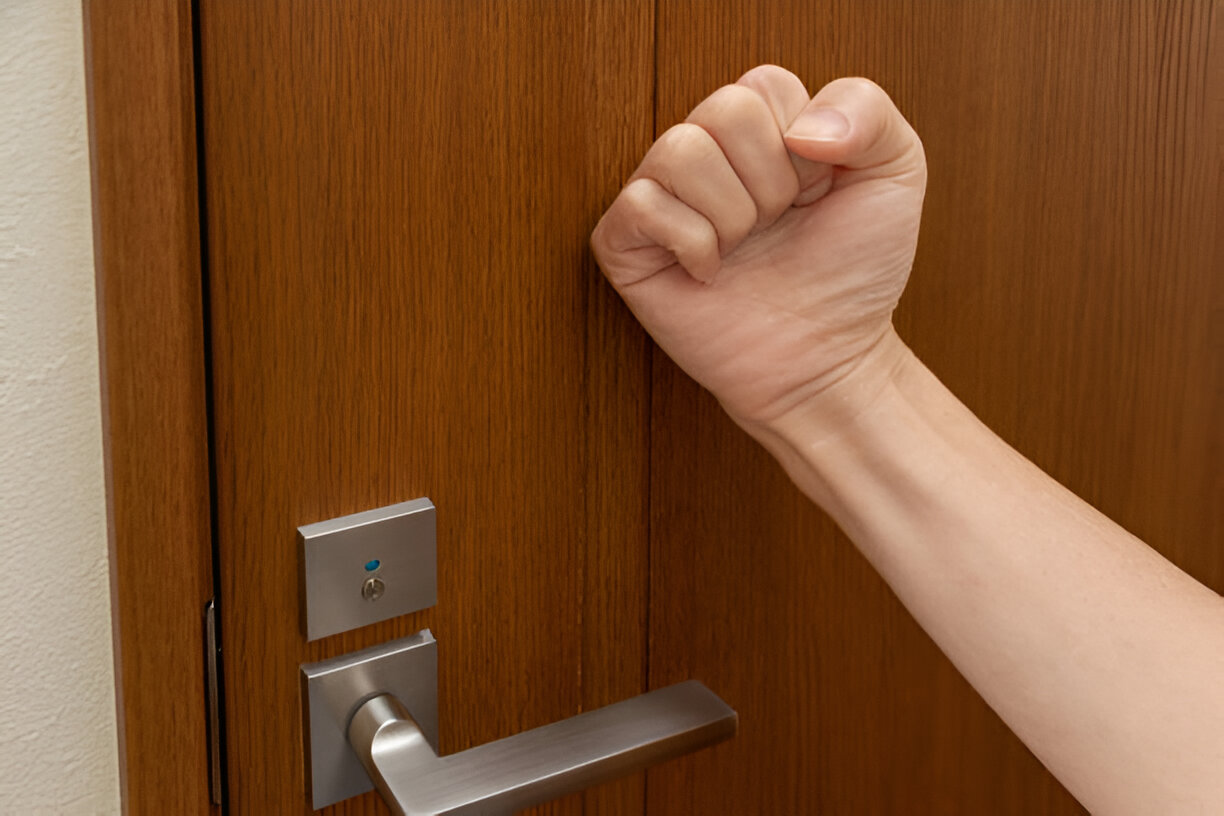Break and enter is a serious criminal offence under Canadian law, carrying significant penalties that depend on the nature and circumstances of the offence. Commonly referred to as “B&E,” it involves unlawfully entering a place with the intent to commit another indictable offence most often theft. Importantly, the offence can be complete even if nothing is stolen; the intent alone is enough for a conviction.
Definition and Applicable Law
Section 348(1) of the Criminal Code of Canada defines break and enter as occurring when a person:
- breaks and enters a place with intent to commit an indictable offence therein;
- breaks and enters a place and commits an indictable offence therein; or
- breaks out of a place after committing, or intending to commit, an indictable offence.
The term “place” is broad and includes a dwelling-house, building, structure, railway vehicle, vessel, aircraft, or trailer. A “break” does not require dramatic force; pushing open an unlocked door or window without permission can meet the legal threshold.
Examples of Illegal Conduct
Typical scenarios include entering a home through an unlocked back door intending to steal, breaking into a business after hours, entering a detached garage to commit theft, or breaking out of a building after committing an offence inside. Courts have held that even minimal force such as turning a doorknob can constitute a “break.”
Hybrid Nature of the Offence
When committed in relation to a dwelling-house, break and enter is always prosecuted as an indictable offence and treated with the utmost seriousness. For non-residential structures, the Crown may elect to proceed summarily, making it a hybrid offence. A conviction often results in a criminal record and potential jail time, but it does not automatically make an individual permanently ineligible for a record suspension (pardon) unless other aggravating factors apply.
Mandatory Minimum Sentences for Break and Enter
There is no general mandatory minimum sentence for break and enter. However, under section 348.1, a minimum sentence of one year imprisonment applies for a subsequent offence involving a dwelling-house if the offender has a prior B&E conviction.
Sentencing Range
Sentences for break and enter into a dwelling-house can range from six months to over ten years, depending on the seriousness of the conduct and the offender’s record. First-time offenders convicted of a non-violent B&E into a commercial property may be eligible for probation or a conditional sentence.
In contrast, offences involving occupied homes, violence, or repeat offenders almost always result in substantial prison terms. Courts have consistently regarded break and enter as a highly invasive offence. As noted in the Canadian Rights Reporter (1984), it “strikes at the heart of public security and privacy,” and deterrence remains a central principle in sentencing especially for residential offences.
If you or someone you know is facing a break and enter charge, it is essential to seek immediate legal advice. An experienced criminal defence lawyer can examine the evidence, explore potential defences, and guide you through the justice process.
For a free and confidential consultation, contact Linh Pham at (306) 502-5987.
Legal Reference:
- Criminal Code of Canada, ss. 348(1), 348.1
- Canadian Rights Reporter (1984), Commentary on Break and Enter Offences

